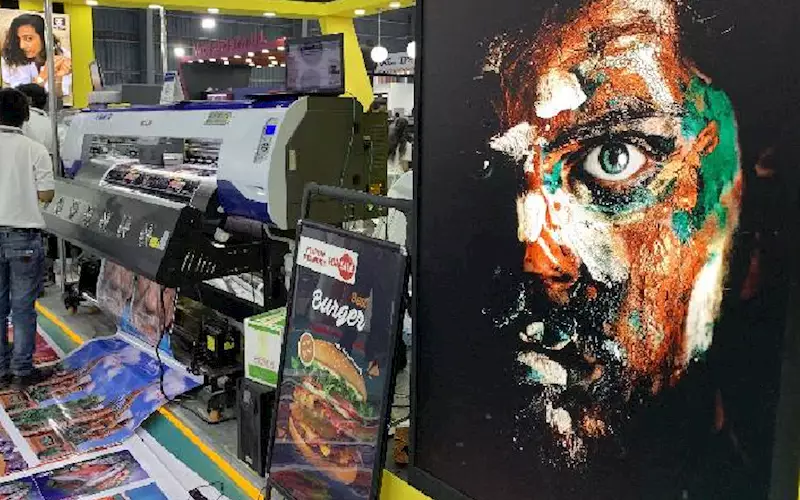Wide-format industry: sluggish growth
Due to the lockdown imposed in 2020, the industry consensus is that the overall OOH and signage industry market is down by almost 50%. Insiders say the signage industry will pick up in the next financial year when advertisement budgets will be allocated and corporates and brands pump money into the market.
20 Sep 2021 | By PrintWeek Team
Priyatosh Kumar
Head, digital printing, graphic arts, FujiFilm India
During the first and second wave of Covid, the OOH segment has been impacted significantly owing to reduced marketing spends by corporate especially on signages. With the closure of malls and shopping centres and restriction of movements, most signage customers’ business tanked to 10%-25% of pre-Covid levels. However, there have been signs of a strong recovery in phases (September 2020-March 2021, and July-September 2021) immediately after unlocks were announced in states. Some wide-format inkjet (WFIJ) players have successfully diversified into thermoforming applications and have seen growth in these challenging times with liquor and FMCG industries activities.
One major application for WFIJ that has evolved and grown over the last few years are POS materials for fintech companies in digital payments segments. Companies like Amazon Pay, Phone Pay, Pay TM, which have their retail POS printed on flatbeds have seen a significant jump in volumes. The Fujifilm portfolio of WFIJ consists of UV inkjet technology that largely caters to the signage industry and some industrial applications. In the advent of the Covid wave, we were operating at 50% revenues of pre-Covid times. However, immediately post the unlock announcements, the activities have picked up. In the current quarter, June-September, things are looking much better with increased activity and demand coming in from soft and rigid media users.
Everyone wants to get back into economic activity. Suffice to mention that we operate in the niche of the segment (UV inkjet) and have our defined set of clientele who sometimes are insulated from market trends because of high-value applications
Atul Gandhi
Managing director, Macart Equipments
As far as our large-format business is concerned, it was down during the first lockdown, when everything was closed. Yet, we were operating at around 20% to 25%. Pre-Covid-19, we would produce about 20-30 machines a month. After the first wave, though, our business picked up, and we were at 70% to 80%. We understood from our customers that the business has come from the industrial segment, not so much from the advertisement signage.
Following the second wave, the business is again sluggish because people are not investing for fear of a third wave. Moreover, during the second wave of Covid-19, we also found that many lives of people running the wide-format business were lost; and the companies shut. There were presses which were available for sale, at half the price or even less. In a way, the untimely closure of our customers’ businesses and their machines being up for sale impacted our business.
So, I would say, the sudden spurt that one saw after the first wave is missing after the second wave.
Also, the brands are not advertising, which means that the lucrative signage business is down. However, signage for the Covid-19 purpose has grown, mostly in rural India, but these are mostly government expenditure and CSR activities, and do not require high-quality signage. As such, margins are not high, though there may be a sizable run.
The demand for large-format printing for industrial purposes like printing on rigid and soft material and Covid-19 specific awareness requirements will continue. It may, however, take about a year or more for businesses to return to pre-Covid-19 levels, and a lot depends on how the brands and advertising agencies steer their marketing requirements.
Also read:
Has Covid altered Indian print forever?
Packaging: a voice of sanity
Corrugation and label industry: hopes for post-pandemic demand
Spotlight: Malayala Manorama and Dainik Bhaskar
Insights on the next six months for print
Vox Populi: Industry's take on pandemic blues












 See All
See All